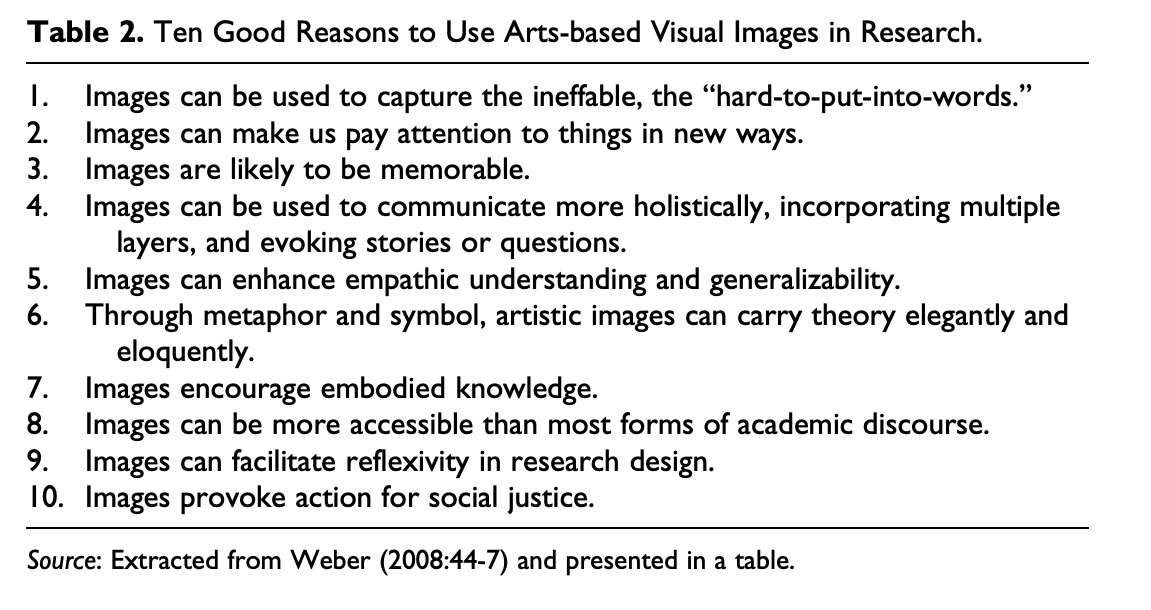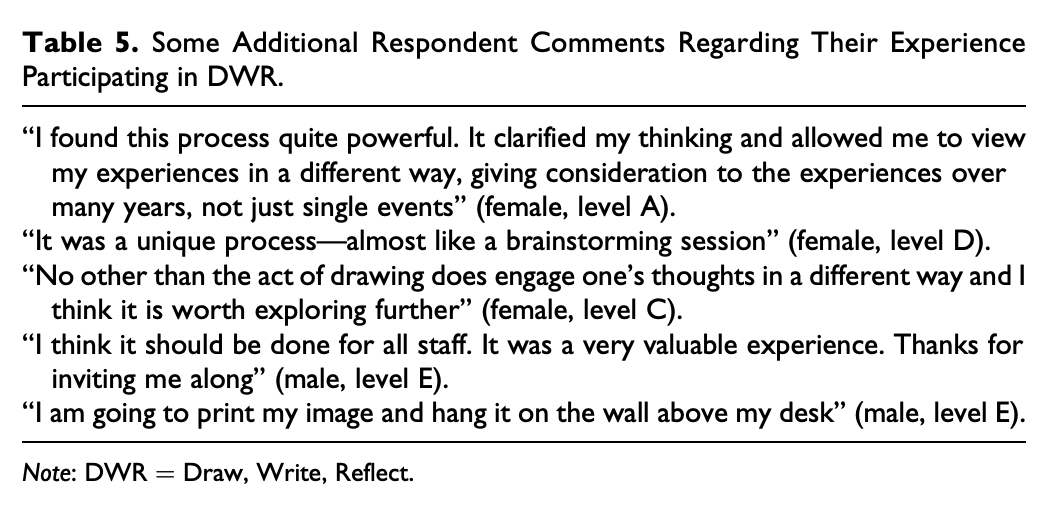
How would you draw your research career? A thread 🧵 where we will mention trains, gender inequity, modeling clay, and beer (only one of them is a lie)! 0/ 

Two weeks ago was International Women's Rights Day #IWD. Let's go back together on an article that focuses on women's academic careers with a particularly interesting method called Draw, Write, and Reflect (DWR) 1/
As a starting point, let’s consider what has been clearly established: female academics experience significant career trajectories. Continuing Bedeian’s (1996) train metaphor, women travel slower than men and sometimes do not reach their destination. 2/
In the Australian case of the authors, it can be observed that women tend to be underrepresented after B level positions. 3/
(A (associate lecturer), B (Lecturer), C (Senior Lecturer), D (Associate Professor), E (Professor).
(A (associate lecturer), B (Lecturer), C (Senior Lecturer), D (Associate Professor), E (Professor).

This inequity at senior academic levels has been particularly studied, but early phases of careers should be looked at to fully understand the problem. The work of the authors thus follows that stand. In particular, looking at the different steps of the career seems relevant. 4/
Some might say, and rightly so, nothing new under the sun! So why are we interested in this paper? Well, because there are images in this article! And who doesn't like that?! 🤩🌠 5/
Alright, art and science, is this compatible? Feelings vs rationale? Well, making these work together is the bet of arts-based research. 6/ 

Still, even if it's pleasant to have nice little drawings to look at while reading an article, there seems to be actually very good reasons to use arts in research. 7/
First, the authors explain that we live in a society of images where visual forms of expression are more and more important (Golon, 2017; Silverman, 2003). Therefore, arts-based research is needed to understand social phenomena that words can only partially depict. 8/
Second, images answer to a dissemination imperative that is particularly relevant (a fortiori when inequality is spotted). Visual data then becomes useful and easy to be shared with non-academic audiences. 9/
Third, there are a lot of other very good reasons (at least 10 it seems!) that the authors summarize by citing Weber (2008) ! 10/ 

Convinced by these arguments, several scholars have been using arts-based methods as an alternative to more traditional qualitative methods, like interviews. Among them are modeling clay, LEGO©, acting, drawing, etc. 11/
“Subtly” introduced with the previous GIF, if drawings can be data, it mostly has been used to investigate “the perceptions of children as they are less likely to be able to express themselves adequately verbally”. That’s how the Draw, Write, and Tell (DWT) method came in. 12/
But it is actually one of its weaknesses! If it is helpful to make children Draw or Write and then Tell what they have drawn, especially to equalize the power disparity with the researcher, is it relevant with adults? 13/
Indeed, presuming the existence of inequity does not “promote an ideal foundation for research in light of the qualitative inquiry tradition of minimizing the separateness and distance of the relationship between the researcher(s) and the participant.” 14/
Secondly, a key criticism of drawings to be considered as data is the fact that there is a lot of room (too much actually) for interpretation when the participants can’t elaborate on their drawings. 15/
This is where Draw Write Reflect (DWR), insisting on R, is of particular strength. Indeed, asking the participants to reflect on their own drawings answers to the aforementioned problems and many others. 16/ 

Anyway, we won’t go into details regarding interviewing challenges, since some of you could already know a lot about it. If you don’t though… 17/
[Advertising time]! At this stage, if you’re lost and you’d like to know more about interview methods, you could be interested in our Summer School in Social Research Methods #3SRM ! Specifically, the Qualitative Expert Interviews intensive course by @alenkajelen. 18/
Back on topic! Now that we are convinced by the why, the authors explicit the how. They take into consideration the eventual flaws of the method with the Reflect aspect of the method and even include a review of the interviews by the participants. 20/ 

What are the results then? Let’s distinguish one the one hand, results proving the strength of the method [1] and [2] and on the other hand, results contributing to the understanding of different academic trajectories based on gender [3]. 22/ 

First, thanks to the review of the participant’s experience, it seems that the drawing is of particular utility, serving as a map, as a way for respondents to bring out their feelings in a more thoughtful way. 23/ 

Second, the drawings helped to highlight contradictions in some respondent's answers. Would you consider this drawing as positive for example ? 24/ 

Well, thanks to the drawings the researchers were able to “retrieve data that contradicted the respondent’s initial verbal account”. As she was quite positive about her career at first, then allowed herself to discuss the drawings and the difficulties she had met. 25/
Third, the comparison of different groups of respondents was quite enlightening. Obviously, the comparison of men and women should be mentioned. If we don’t have the opportunity to compare all the drawings, these two are illuminating. Do you notice something particular ? 26/ 

With no or little surprise, men were way less likely than women to mention children in their drawings. Female academics have often drawn representation of their family life interlocked and conflicting with their professional life. 27/
This result is important as it seems to contradict the idea of the “second shift” for women. Thus, “female academics rather undertake these shifts concurrently and that there is no clear boundary between these two important facets of a female academic’s life”. 28/
Therefore, career choices of women are the result or can be influenced by work-life conflict (even when not faced, because it is always feared) whereas career choices of male academics are rather informed by career elements. 29/ 

Finally, differences vs STEMM and non-STEMM academics were not significant. Nor organizational causes (though highlighted in the literature) or self-efficacy were different between sectors. 30/
To conclude, let’s hope that this thread allowed you to broaden your perspective on research methods and to reflect on gender differences in academia! Also, try the exercise of drawing your career with the study question below. Please, share your drawings! 31/ 

Full article here : doi.org/10.1177%2F0049… 31/ 

• • •
Missing some Tweet in this thread? You can try to
force a refresh




